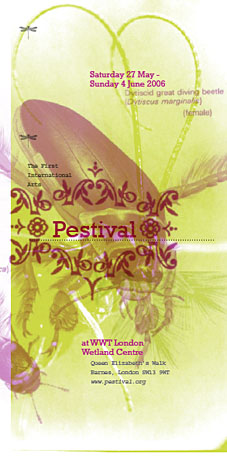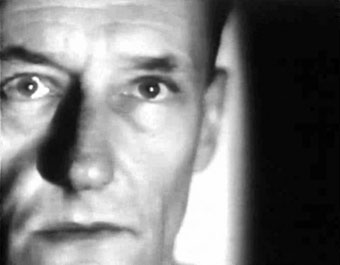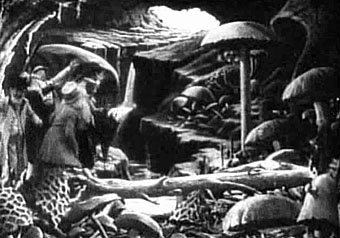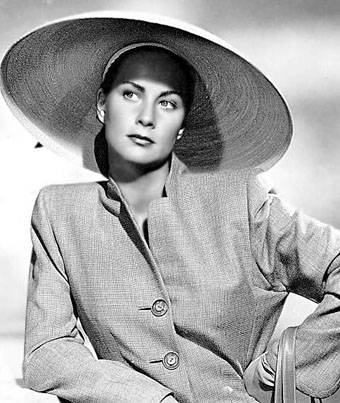
Mark Pilkington is organising this insect arts festival. Looks great, I’ll have to try and get down to see it. Nice that Phase IV, Saul Bass‘s strange and rather fascinating feature film, is one of the highlights.
27 May – 4 June 2006
London Wetland Centre
“If all mankind were to disappear, the world would regenerate back to the rich state of equilibrium that existed ten thousand years ago. If insects were to vanish, the environment would collapse into chaos.” E.O Wilson
The First International Arts Pestival is dedicated to raising awareness of the integral role insects play in the global ecosystem and in all animal societies. Many of those insects are increasingly endangered through human action.
Through appreciation of “insects in art and the art of being an insect”, the Pestival aims to create positive PR for this 400-million-year-old, highly evolved taxon that has had thousands of years of bad press.
We are building up a fantastic programme of talks, demonstrations, workshops, art installations, films, music and performance, fusing art and science to reach out to a broad, interested audience of homo sapien adults and children.
Bridget Nicholls & Mark Pilkington
On behalf of the International Arts Pestival
Patron: Zac Goldsmith
Download the Pestival Programme as a PDF (455k)
Download the Press Pack (3.7MB zip)





